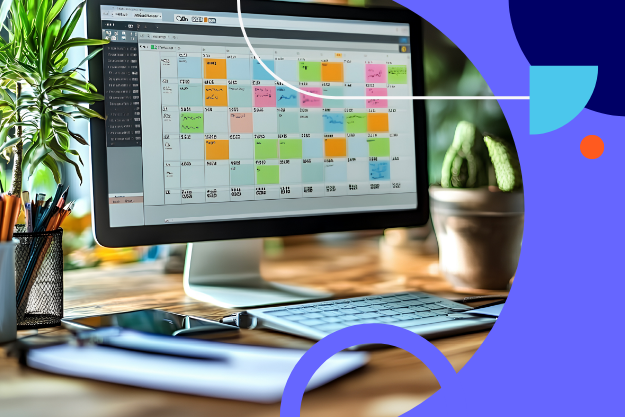For teams
EMPLIFI PRODUCTS
Customer Success Stories
All stories
Industries
Gardez une longueur d’avance
Nous sommes reconnus comme un leader du marché en matière d’innovation, de support client et de facilité d’utilisation par ces organisations.




Insights
Resource Center
Your resource center for everything social marketing, commerce and care
Blogs
Get up to speed on the latest trends, tips, and best practices to power your strategy
Webinars
Latest insights on marketing, commerce, and care, straight from the experts
Social Media Glossary
Explore our key term definitions
Customers
Contact Us
Company
Emplifi provides brands with insights needed to empathize with customers and amplify the right experiences.
Careers
Learn about working at Emplifi and find the perfect role for you.
Press
Keep up to date with news and insights from our newsroom.
Partenaires
We partner with the world’s most trusted platforms, tech solutions, and services.


























